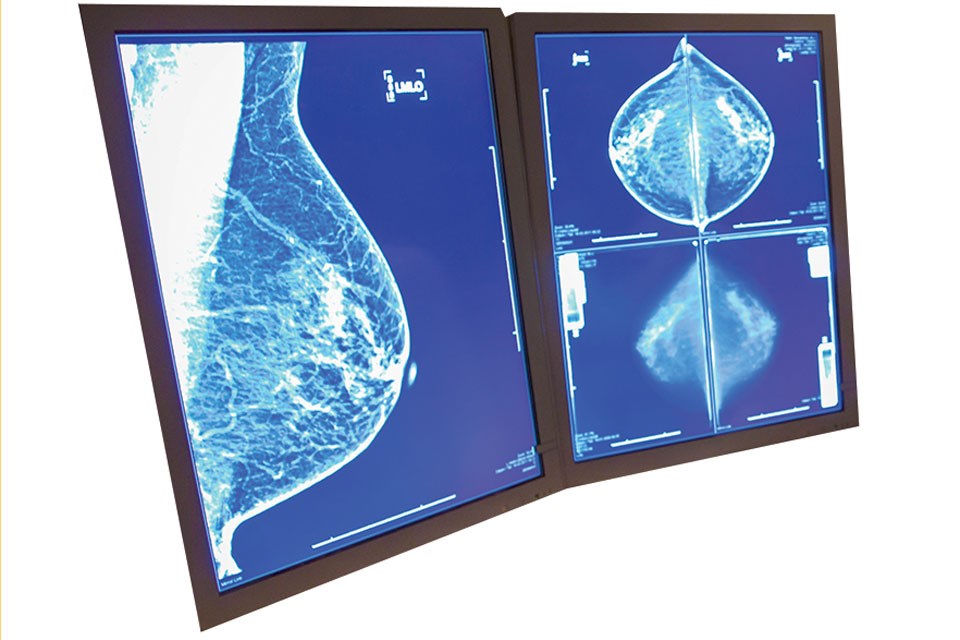The stage of the cancer ultimately refers to how much cancer is present in the body. Doctors treating breast cancer adhere to the TNM staging system, reports the Canadian Cancer Society. This staging uses both clinical and pathological (surgical) systems for breast cancer staging. Pathological staging may be more accurate because it examines tissues taken during surgery or a biopsy.
T Categories
T in the staging system refers to the tumour's size and whether it has spread to the skin or chest wall under the breast. Higher numbers refer to larger tumours and greater spread.
TX: A primary tumour cannot be assessed.
T0: No evidence of primary tumour.
T1: Tumour is 2 centimetres (cm) or less across.
T2: Tumour is more than 2 cm but not more than 5 cm across.
T3: Tumour is more than 5 cm across.
T4: Tumour is of any size growing into the chest wall or skin.
N Categories
N in the staging system identifies if the cancer has spread to the lymph nodes near the breast, and if so, how many.
NX: Nearby lymph nodes cannot be assessed, which can happen if they were previously removed.
N0: Cancer has not spread to nearby lymph nodes.
N1: Cancer has spread to one to three axillary (underarm) lymph node(s), and/or cancer is found in internal mammary lymph nodes (those near the breastbone) on a sentinel lymph node biopsy.
N2: Cancer has spread to four to nine lymph nodes under the arm. One or more area of cancer spread is larger than 2 millimetres (mm).
N3: Cancer has spread to any of the following: 10 or more axillary lymph nodes with area of cancer spread greater than 2 mm; to lymph nodes under the collarbone, with at least one area of cancer spread greater than 2 mm; cancer found in at least one axillary lymph node (with at least one area of cancer spread greater than 2 mm) and has enlarged the internal mammary lymph nodes; cancer in four or more axillary lymph nodes (with at least one area of cancer spread greater than 2 mm), and to the internal mammary lymph nodes on a sentinel lymph node biopsy; to the lymph nodes above the collarbone on the same side of the cancer with at least one area of cancer spread greater than 2 mm.
M Categories
M indicates if the cancer has spread to distant organs.
M0: No distant spread is present on X-rays or other imaging and physical tests.
M1: Cancer has spread to other organs, notably the brain, bones, liver or lungs as determined by a biopsy or testing.
Note this staging system also uses sub-stages within each category, which further breaks down breast cancer staging into more characteristics and combinations.There are so many possibilities that can go into staging that two women at the same breast cancer stage may have different experiences.
Any sign of an abnormality in the breast or body merits a consultation with a doctor, who can determine if breast cancer is present. Lower numbers on staging are desired and can be achieved by catching breast cancer early.
This story was written for the Think Pink advertising feature. It is not written by and does not necessarily reflect the views of the editorial staff.



